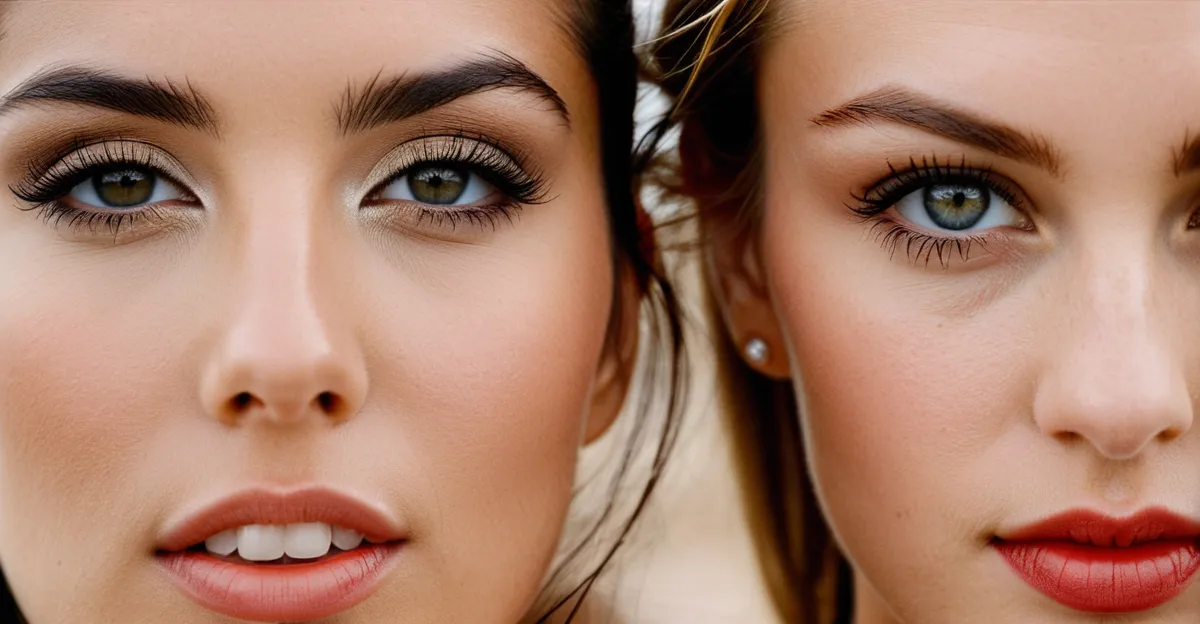Distinctive Social and Cultural Barriers in UK Fashion
In the context of UK fashion challenges, deeply ingrained social pressures and cultural expectations significantly shape women’s experiences and choices. Traditional beauty standards remain a dominant force, often promoting a narrow ideal that influences perceptions of attractiveness and style. These stereotypes can limit women’s freedom to express themselves authentically, causing many to conform to prevailing trends rather than embrace individuality.
Societal expectations surrounding women’s appearance and dress codes impose additional constraints. For example, in professional or formal settings, unwritten rules about appropriate attire can reinforce conservative norms that sideline diverse or unconventional fashion expressions. This often results in women feeling compelled to align their clothing choices with perceived notions of respectability or professionalism rather than personal taste.
Additional reading : What Are the Key Influences Shaping Modern UK Women’s Fashion?
Moreover, media representation directly impacts how women in the UK perceive themselves and are perceived by others. The fashion industry, through magazines, advertisements, and social media, frequently amplifies idealized images that emphasize specific body types and styles. Such portrayals can distort self-image, intensify pressure to conform, and marginalize those who do not fit the mold. These compounded effects highlight the cultural obstacles women face in navigating their fashion identities amid societal scrutiny.
Industry-Specific Obstacles for Women in the UK Fashion Sector
Women navigating the fashion industry barriers in the UK encounter persistent gender inequality that hampers career advancement. Access to leadership roles remains limited, with women often underrepresented in executive positions. This disparity is compounded by restricted entry into influential professional networks critical for growth and visibility.
This might interest you : How Can British Women’s Fashion Incorporate Sustainable Practices?
A significant hurdle also lies in the gender pay gap, with female professionals earning less than their male counterparts for comparable roles. This financial inequality diminishes motivation and exacerbates challenges in securing mentorship opportunities—key for skill development and career progression. The scarcity of mentors, particularly female role models, further restricts the ability of women to navigate the complex fashion sector successfully.
Workplace discrimination and harassment continue to be prevalent fashion industry barriers. Many women report experiences that range from subtle bias to overt discriminatory practices, creating a work environment that can be both hostile and discouraging. These issues not only affect individual wellbeing but also reduce overall productivity and innovation within companies, emphasizing the urgent need for inclusive policies and cultural change.





